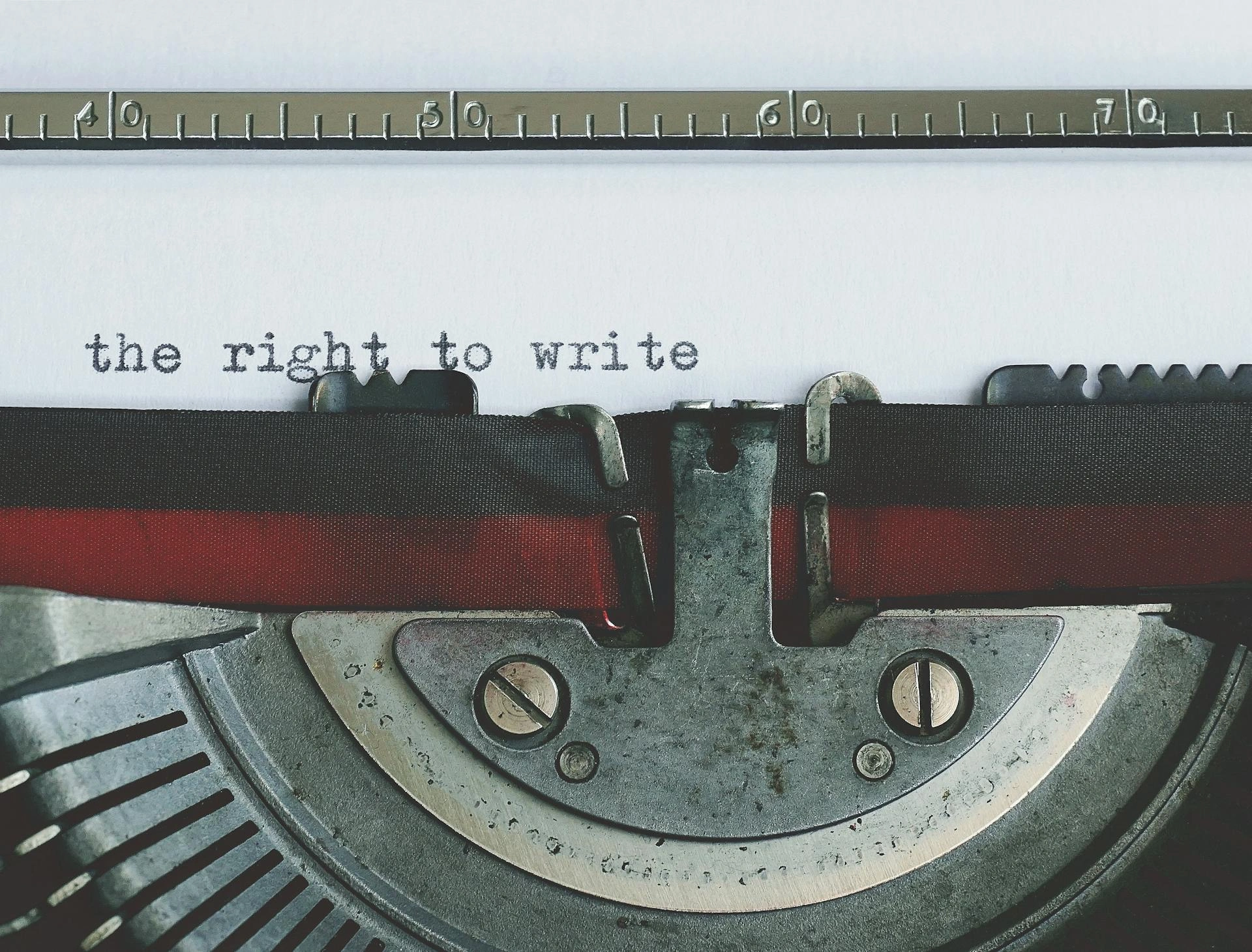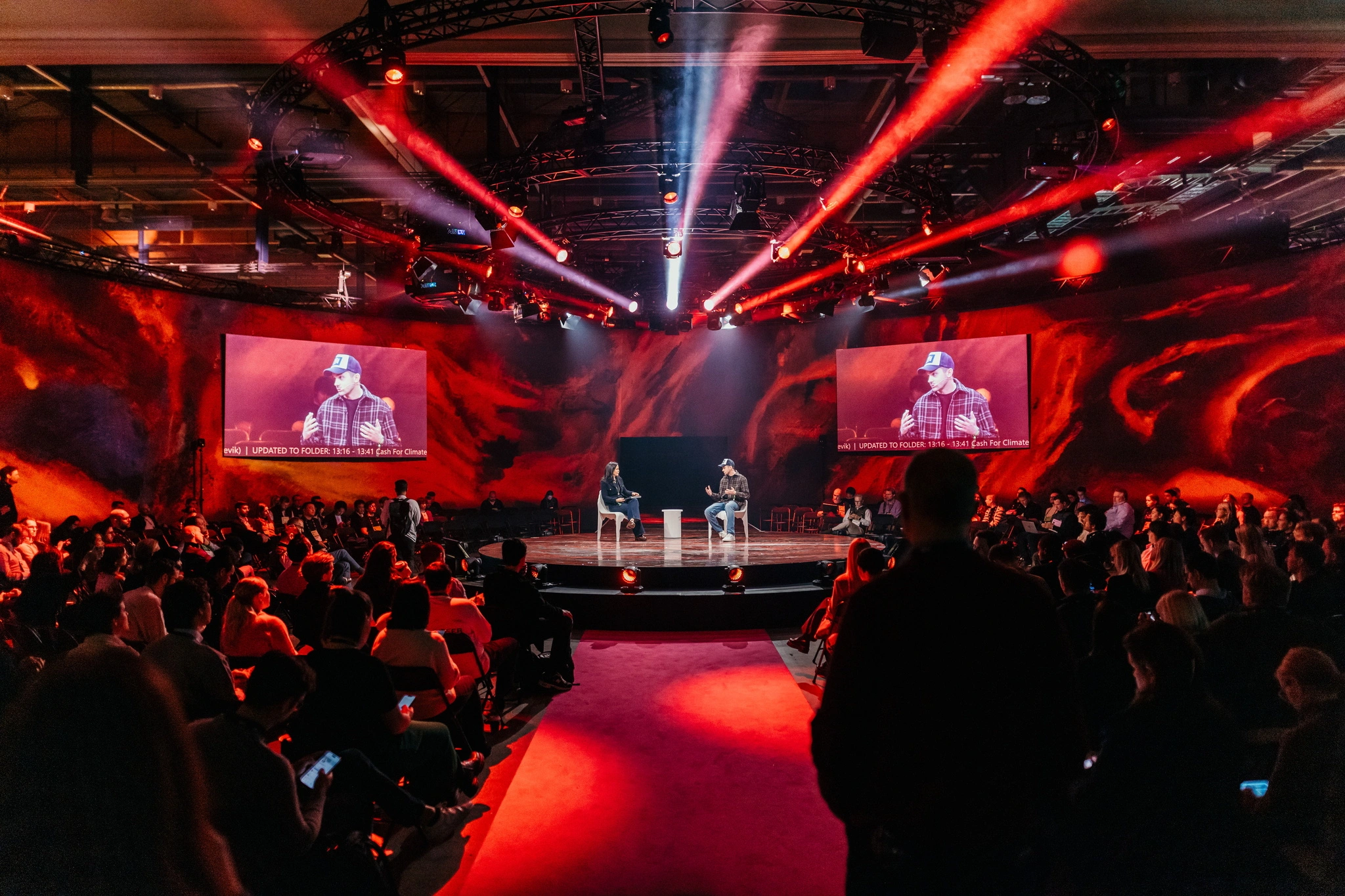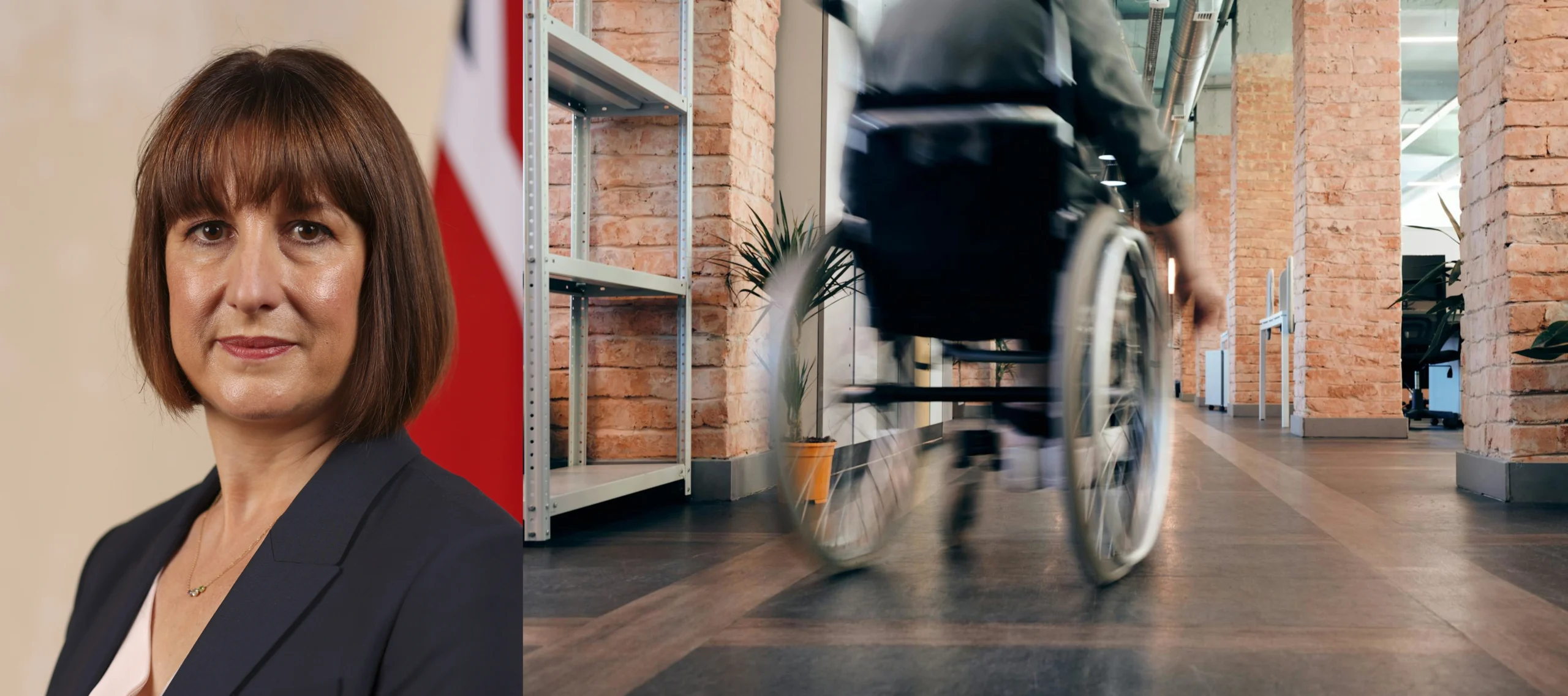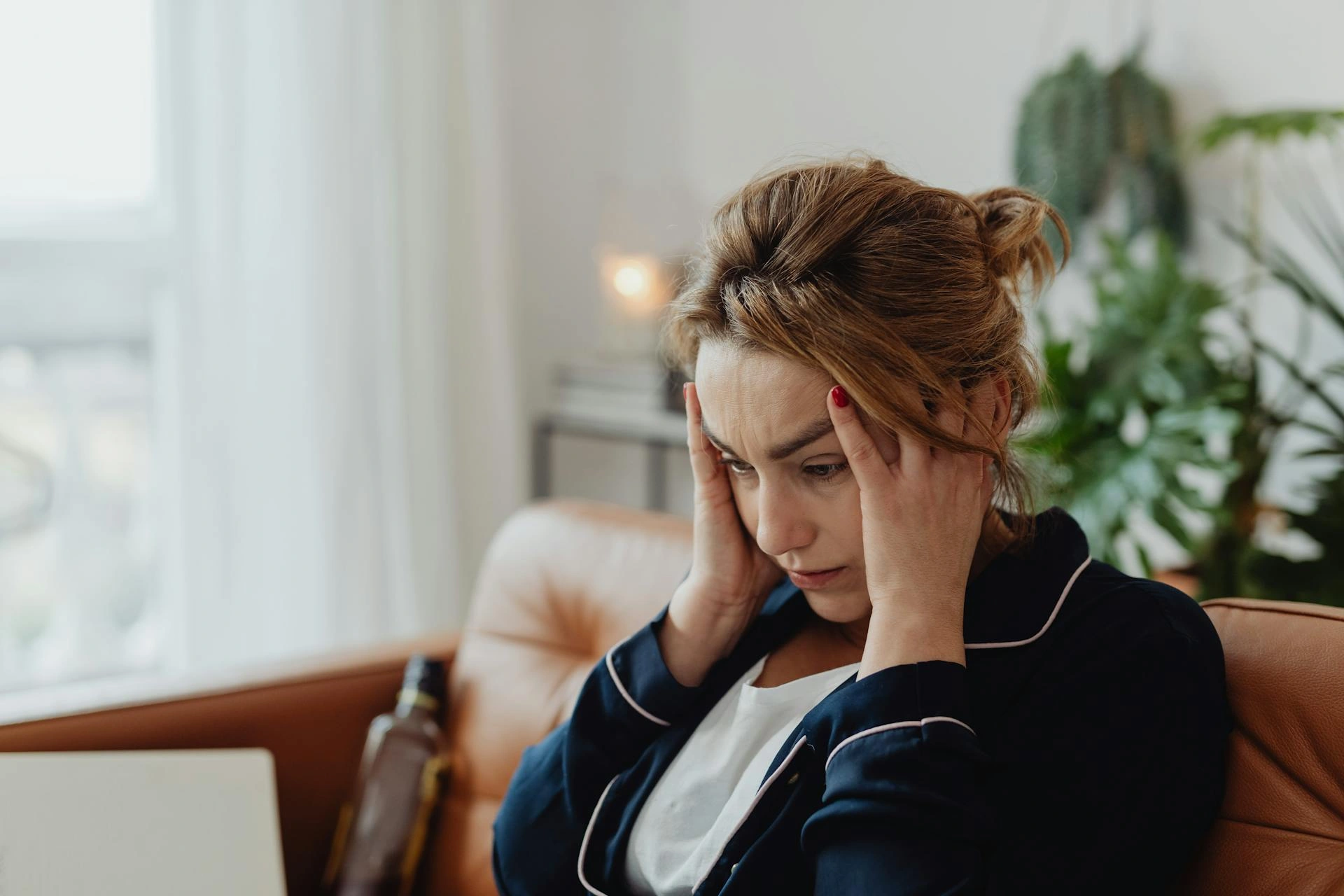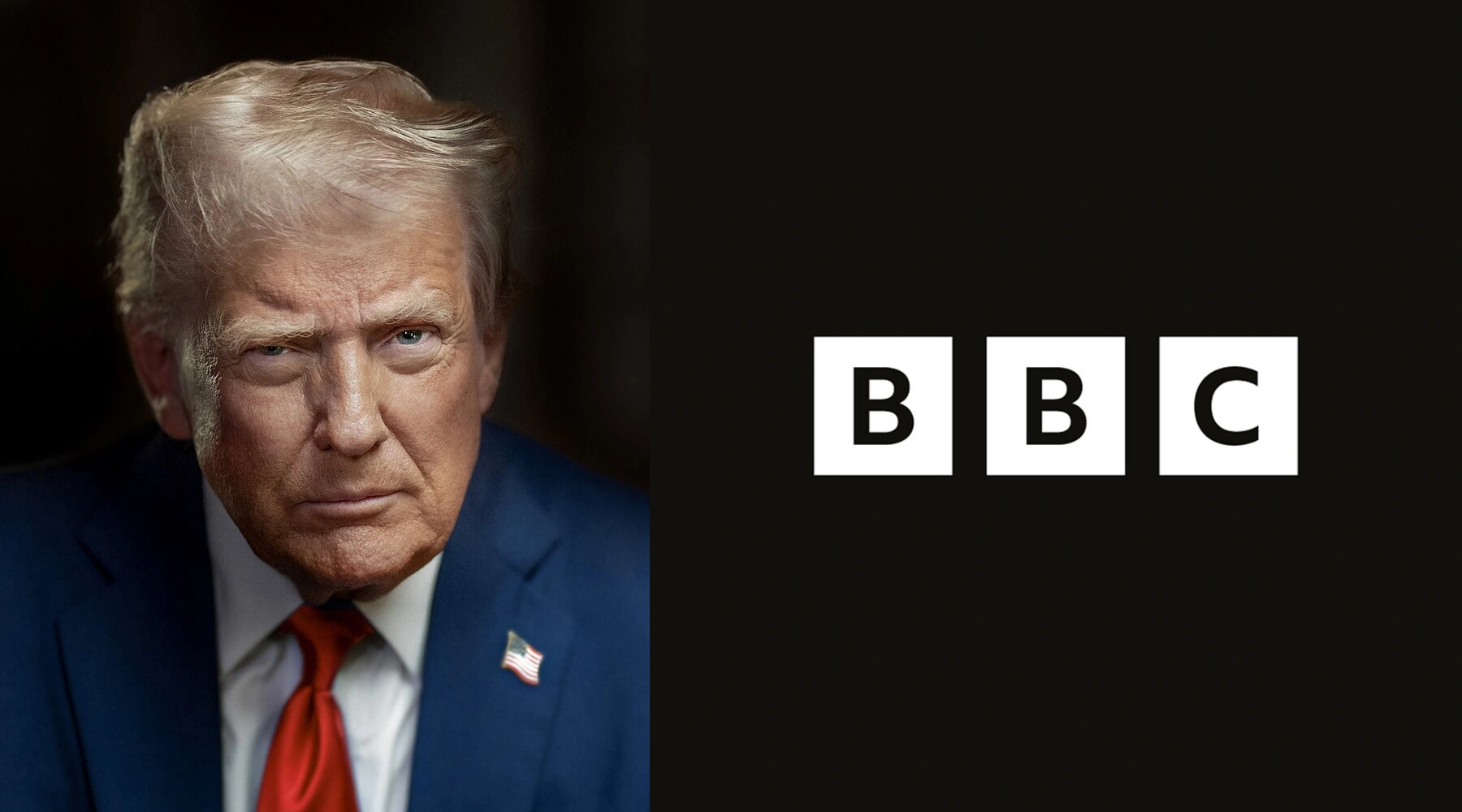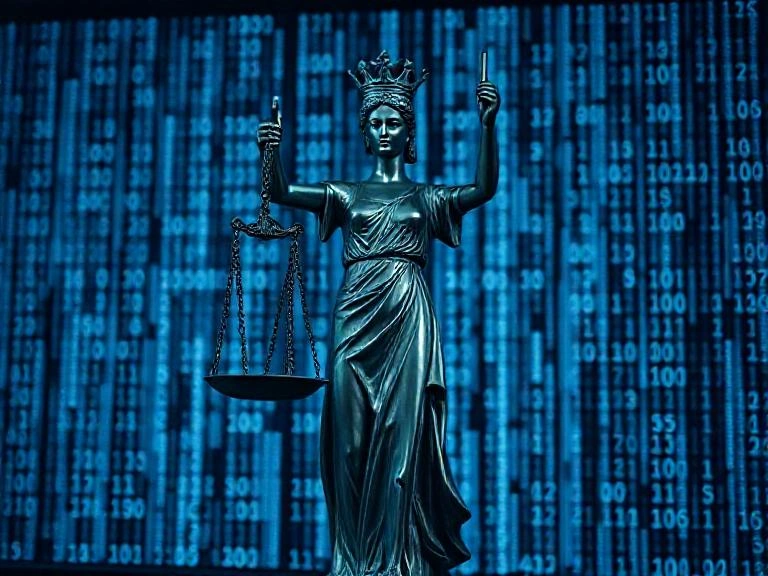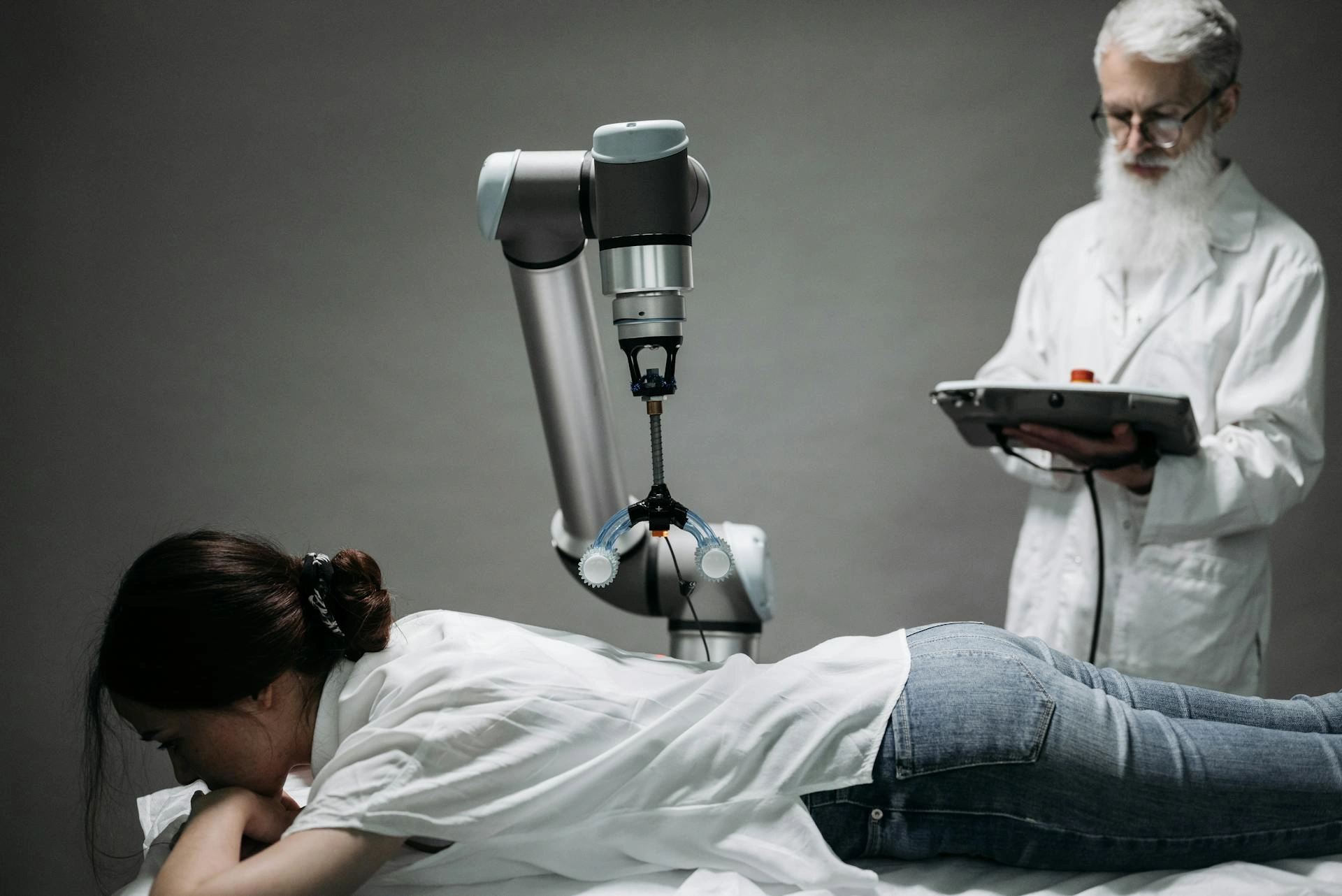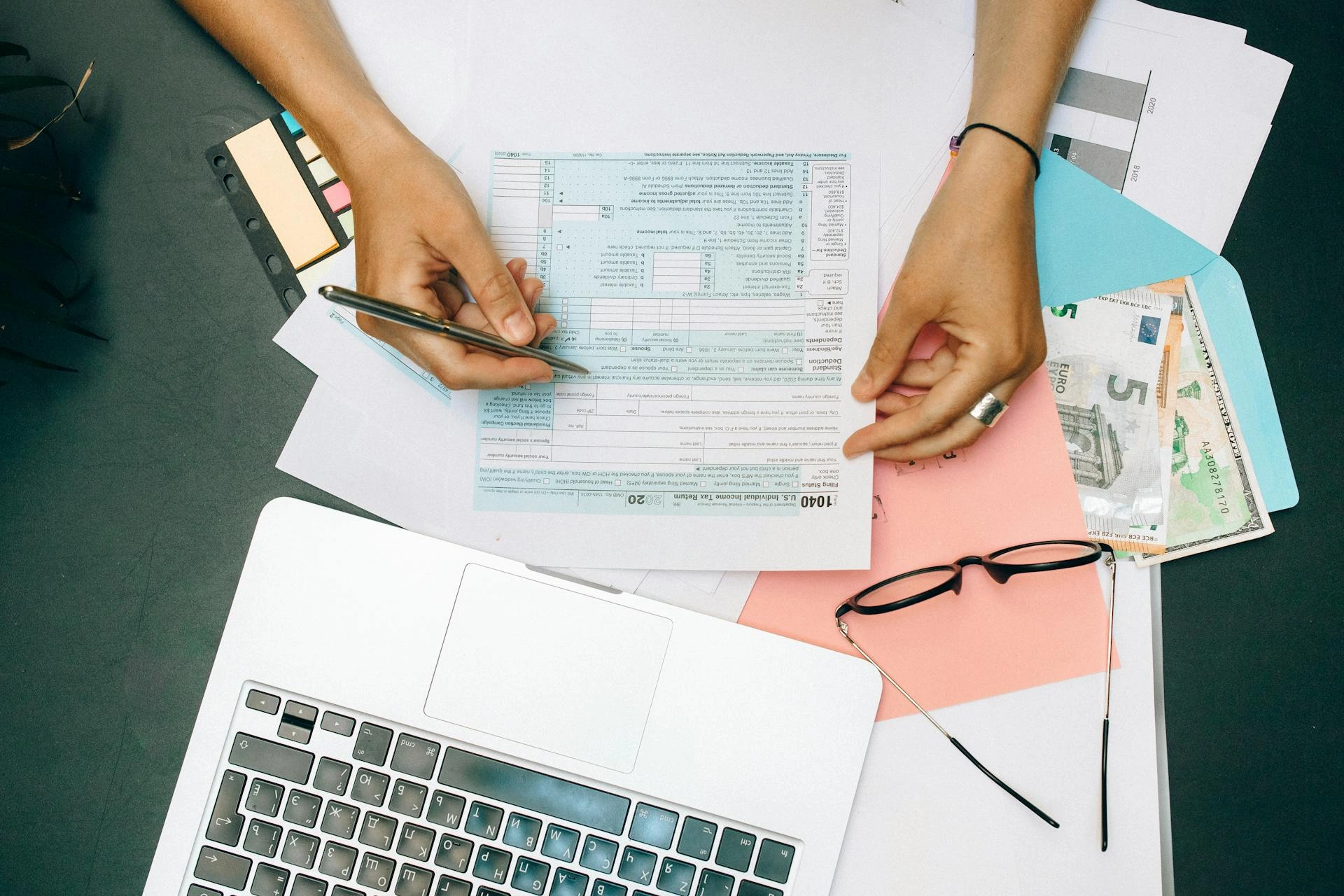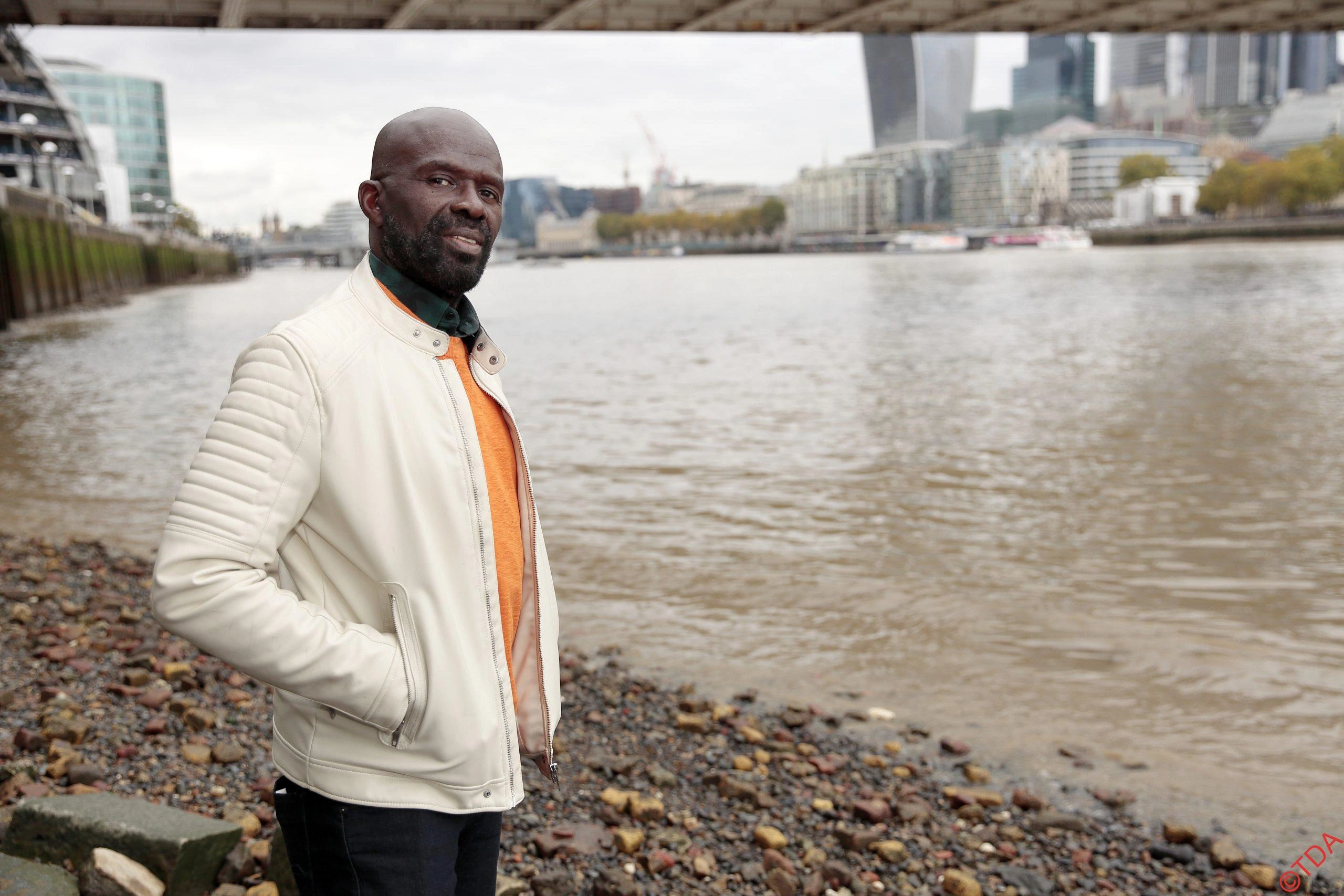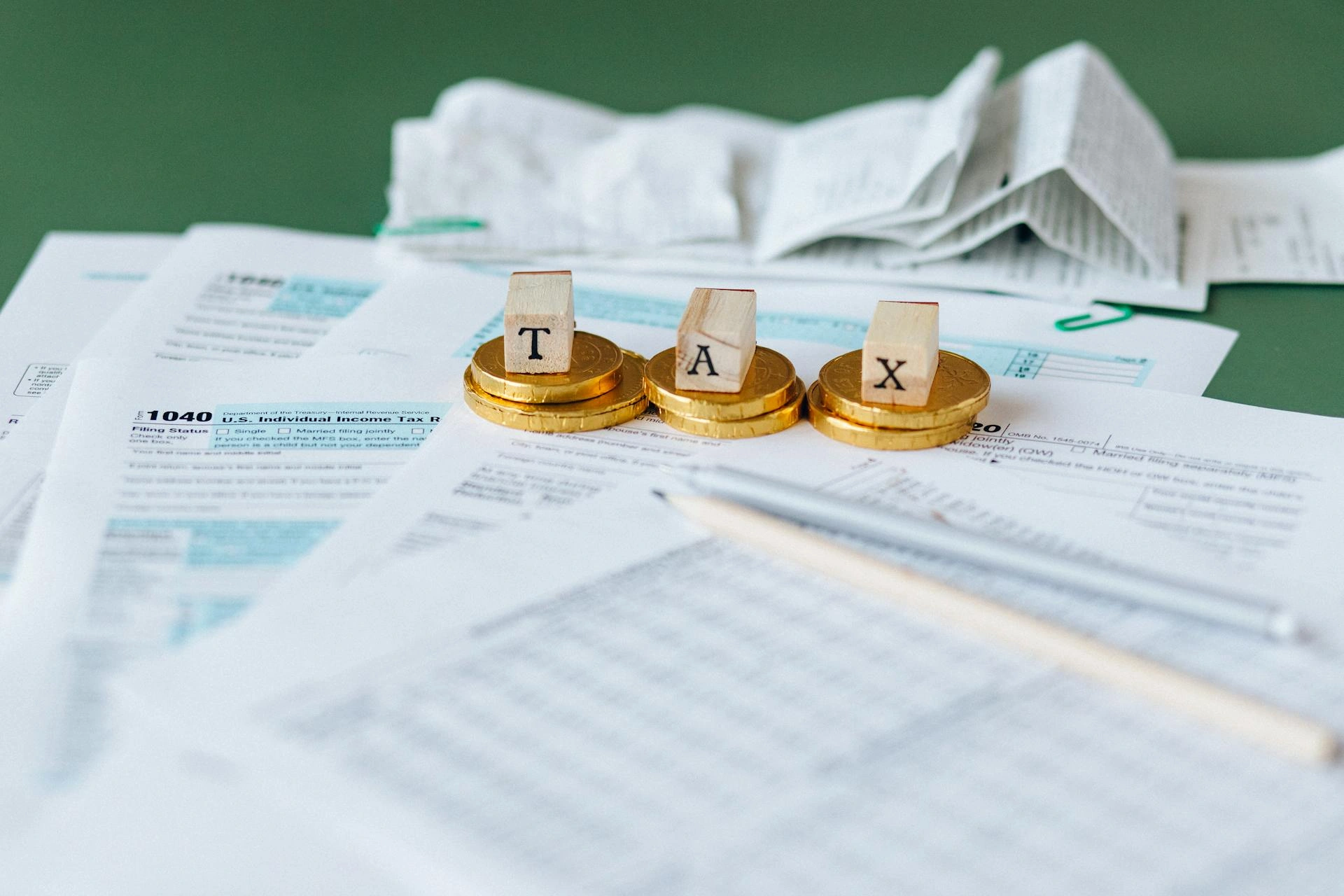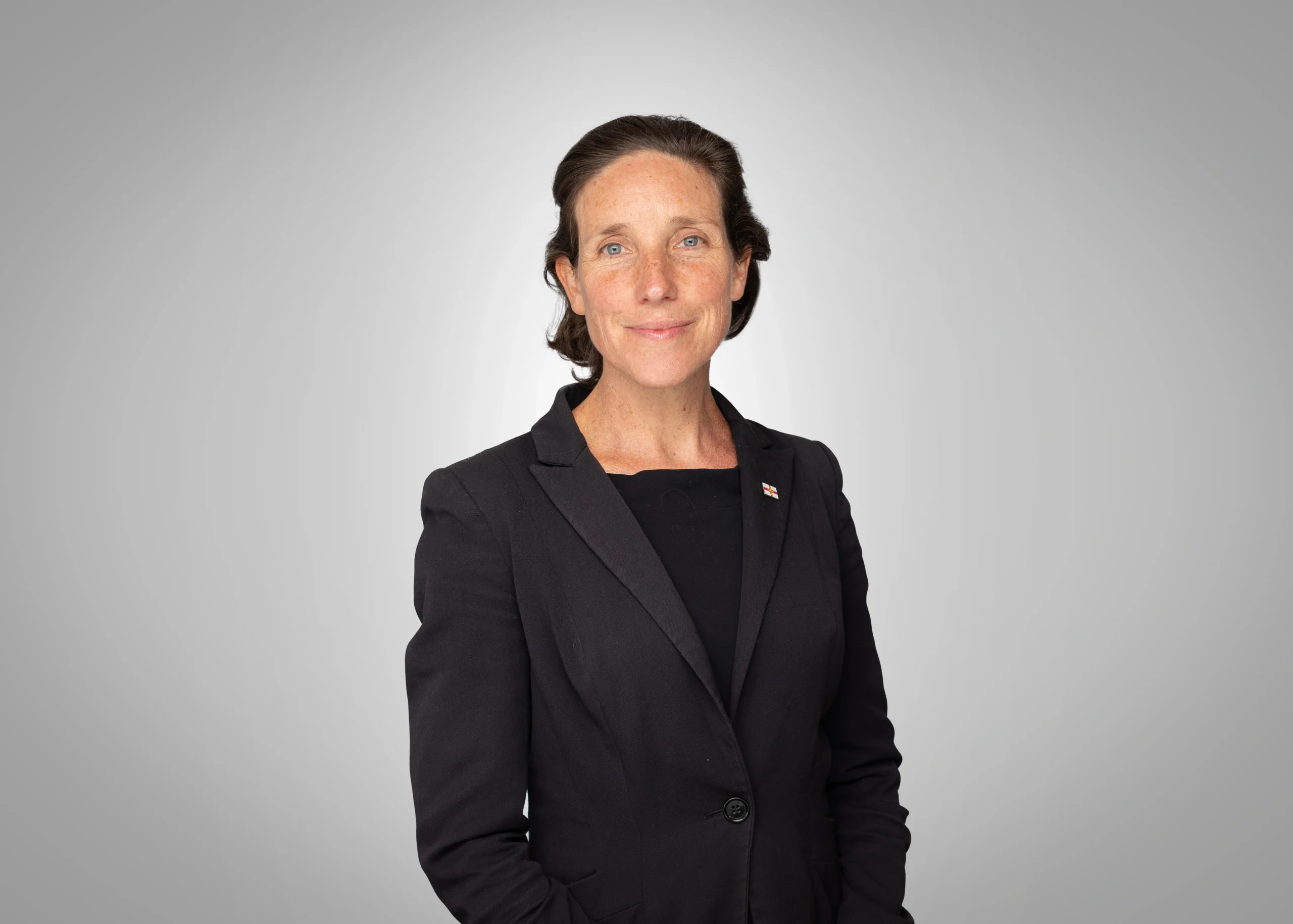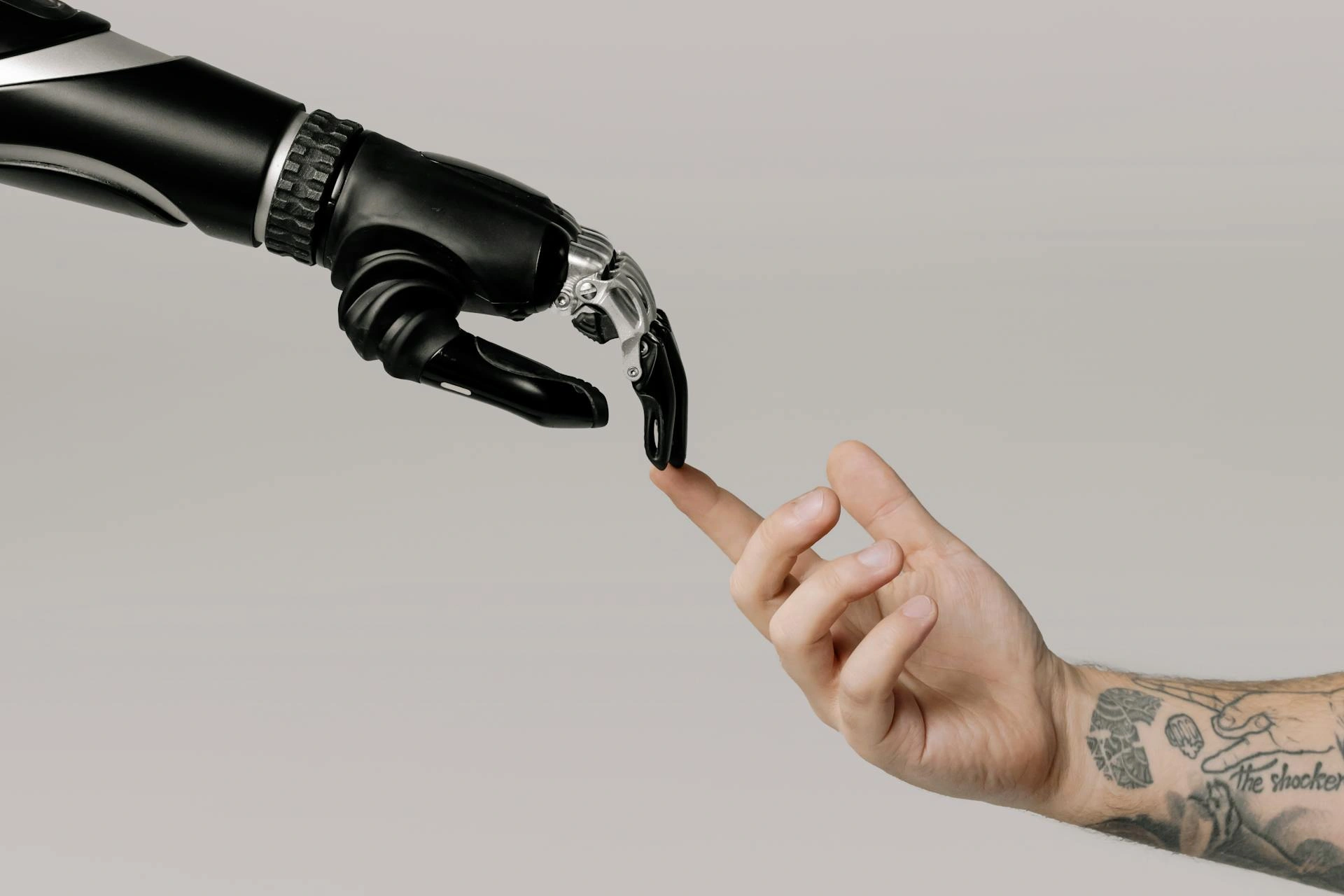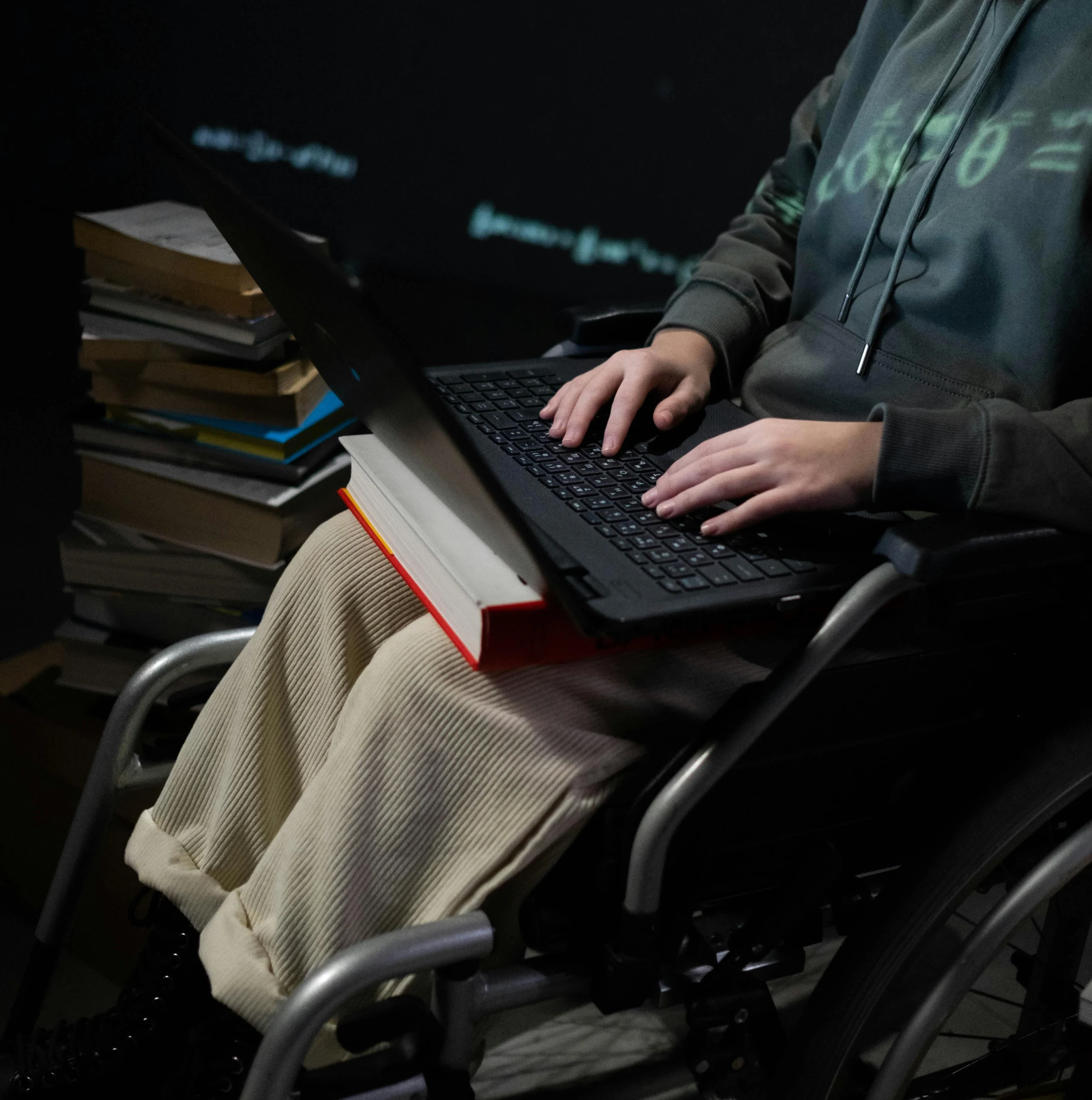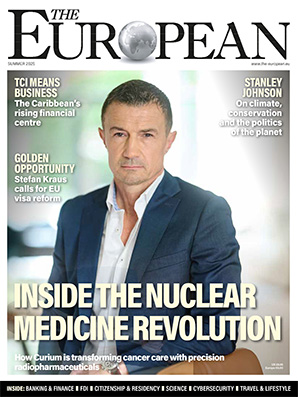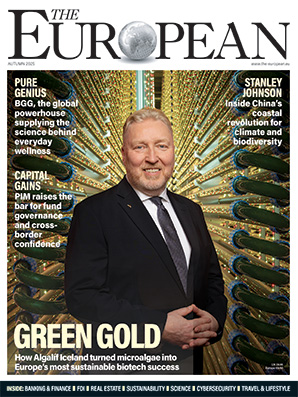Digital detox retreats aren’t practical for most leaders, but you can still take healthy steps to reduce screentime

Emma Strandberg
- Published
- Opinion & Analysis

Locking away your phone and disappearing into the wilderness for a few days just isn’t a reality for most senior executives but finding shorter, smarter, sustainable ways to take a break from the screen is the next best thing, says travel writer and author Emma Strandberg
Taking a digital detox — enjoying a break from the computer or phone screen, emails and social media — is regularly touted to busy executives by wellbeing experts, who say it’s the perfect way for them to recharge their own batteries rather than those of their devices.
And on paper, it seems to be good advice as it’s been shown to help improve focus, reduce stress and burnout, and boost productivity.
Digital detox experts often mention the “Three Day Effect”, which states that it takes around three days in nature to fully disconnect from digital stimuli and experience the mental and emotional benefits of being offline.
Accordingly, travel companies specialising in digital detox retreats have sprung up to help people disconnect from the daily grind, such as UK-based company Unplugged, which offers three or four-night lodgings in off-grid cabins designed expressly for tech-free escapes.
And these retreats are growing in popularity, with Unplugged reporting a 209 per cent increase in bookings in the past year alone. Similarly, travel platforms such as Plum Guide have seen a rise in searches for ‘unplugged’ properties.
During retreats, guests are encouraged to lock away their smartphones and are provided with alternative tools such as a physical map, books, and games. Old-school, not-so-smart Nokia phones are provided in case of emergencies.
But the reality is that since the term ‘digital detox’ was first coined back in 2012, the UK has increasingly shifted to an ‘always available’ work culture. A 2024 study by recruitment firm Robert Walters found that almost 70 per cent of professionals struggle to disconnect from work, even after office hours. Many report that their personal time is frequently interrupted by work-related messages, emails, or calls.
A 2023 study by iCompario, meanwhile, found that 67% of British workers feel pressure to check work emails even while on holiday.
So arranging a digital detox retreat is simply not an option for many professionals, especially those in the C-suite, who are tied to their devices for a good reason — they have to remain accessible to ensure the company continues to function.
The bottom line, however unfair it seems, that senior leaders are expected to be reachable, responsive, and across everything regardless of whether they are in the office, on their sofa, or on a deckchair halfway around the world.
Given that the dream of the digital detox is, for leaders, just that, a dream, how can they ever hope to detach from their devices? It is, after all, an important consideration as screen overuse can have serious consequences including disrupted sleep, reduced concentration and decision fatigue, and increased anxiety.
The answer is to take a more practical approach which recognises and fits around the realities of professional demands.
In a way, this approach is similar to other types of detox, such as cutting out caffeine. Rather than go cold turkey, which rarely works, it’s recommended to take short, deliberate breaks, setting firm but manageable boundaries that limit the windows of use.
Even setting aside an hour a day or every few days can still reap benefits. Switching off devices and getting outside, enjoying a short run or walk (and no headphones allowed) or doing a spot of forest bathing — calmly strolling through or sitting in a forest or other natural setting, fully soaking in the sights, sounds, and smells — is a perfect start.
The value comes from routine and repeatability but if even this brief micro-detox isn’t an option, there are still other adjustments that can be made. Some ultra-busy executives, for instance, remove social media apps from their home screens. Others use ‘do not disturb’ modes or schedule email-free blocks in their calendar.
While setting such limits in place for digital interaction might seem wrong to the uber-conscientious professional, it’s important to remember that the goal isn’t to shut down screen time completely but instead to establish some new and healthier ways for managing time effectively.
The best way to think about it is that you are allocating the majority of your daily life for intentional screen time, or potential screen time, but allowing vital stopgaps to prevent your batteries fully draining down, which is no good for you, your staff or your company.
The bottom line is that the more the responsibility rests on your shoulders, the less likely you are able to step away from your devices, but that doesn’t prevent you reshaping how you use them.
Five realistic ways executives can digital detox
1. Schedule daily screen-free time.
Block at least one hour a day with no devices. Use it for exercise, reading, thinking or a manual task. Protect this time as you would a board meeting.
2. Set clear boundaries with your team.
Communicate working hours and response expectations. Use status messages and auto-replies. Make it easier for others to respect your time by defining it.
3. Make physical activity part of your routine.
Choose something you enjoy and commit to it regularly. Walking, cycling, forest bathing, golf or gardening all create mental space. These moments reset cognitive load.
4. Streamline your apps and alerts.
Audit your phone. Remove at least one app that adds no value. Turn off non-essential notifications. Avoid checking devices first and last thing each day.
5. Lead visibly and consistently.
Demonstrate balance. Take calls during work hours, not late at night. Avoid weekend emails unless urgent. Let your team see that boundaries are possible.

Emma Strandberg is an acclaimed travel writer and photographer who lives on the rugged west coast of Sweden. Her wildly popular books have been described as “authentic” and “gripping” by the Daily Express, and as a “triumph of travel writing” by The Sun.
Featured image, courtesy fdsfe67854/Pixabay
Sign up to The European Newsletter
RECENT ARTICLES
-
 Forget ‘quality time’ — this is what children will actually remember
Forget ‘quality time’ — this is what children will actually remember -
 Shelf-made men: why publishing still favours the well-connected
Shelf-made men: why publishing still favours the well-connected -
 European investors with $4tn AUM set their sights on disrupting America’s tech dominance
European investors with $4tn AUM set their sights on disrupting America’s tech dominance -
 Rachel Reeves’ budget was sold as 'fair' — but disabled people will pay the price
Rachel Reeves’ budget was sold as 'fair' — but disabled people will pay the price -
 Billionaires are seizing control of human lifespan...and no one is regulating them
Billionaires are seizing control of human lifespan...and no one is regulating them -
 Africa’s overlooked advantage — and the funding gap that’s holding it back
Africa’s overlooked advantage — and the funding gap that’s holding it back -
 Will the EU’s new policy slow down the flow of cheap Chinese parcels?
Will the EU’s new policy slow down the flow of cheap Chinese parcels? -
 Why trust in everyday organisations is collapsing — and what can fix it
Why trust in everyday organisations is collapsing — and what can fix it -
 In defence of a consumer-led economy
In defence of a consumer-led economy -
 Why the $5B Trump–BBC fallout is the reckoning the British media has been dodging
Why the $5B Trump–BBC fallout is the reckoning the British media has been dodging -
 WPSL Group unveils £1billion blueprint to build a global golf ‘super-group’
WPSL Group unveils £1billion blueprint to build a global golf ‘super-group’ -
 Facebook’s job ads ruling opens a new era of accountability for artificial intelligence
Facebook’s job ads ruling opens a new era of accountability for artificial intelligence -
 Robots can’t care — and believing they can will break our health system
Robots can’t care — and believing they can will break our health system -
 The politics of taxation — and the price we’ll pay for it
The politics of taxation — and the price we’ll pay for it -
 Italy’s nuclear return marks a victory for reason over fear
Italy’s nuclear return marks a victory for reason over fear -
 The Mamdani experiment: can socialism really work in New York?
The Mamdani experiment: can socialism really work in New York? -
 Drowning in silence: why celebrity inaction can cost lives
Drowning in silence: why celebrity inaction can cost lives -
 The lost frontier: how America mislaid its moral compass
The lost frontier: how America mislaid its moral compass -
 Why the pursuit of fair taxation makes us poorer
Why the pursuit of fair taxation makes us poorer -
 In turbulent waters, trust is democracy’s anchor
In turbulent waters, trust is democracy’s anchor -
 The dodo delusion: why Colossal’s ‘de-extinction’ claims don’t fly
The dodo delusion: why Colossal’s ‘de-extinction’ claims don’t fly -
 Inside the child grooming scandal: one officer’s story of a system that couldn’t cope
Inside the child grooming scandal: one officer’s story of a system that couldn’t cope -
 How AI is teaching us to think like machines
How AI is teaching us to think like machines -
 The Britain I returned to was unrecognisable — and better for It
The Britain I returned to was unrecognisable — and better for It -
 We built an education system for everyone but disabled students
We built an education system for everyone but disabled students


